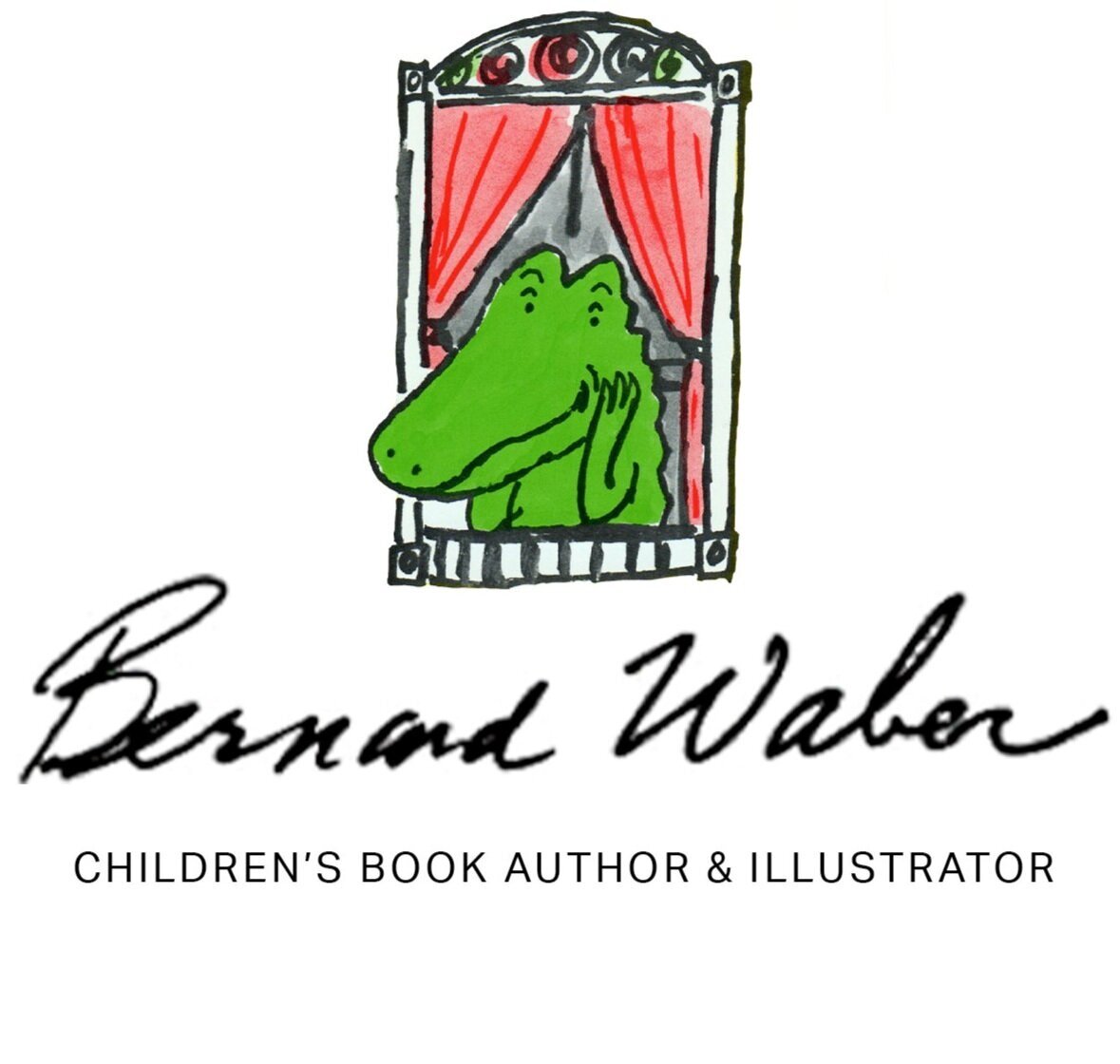An Interview with Bernard Waber
What were your inspirations for Courage?
Jotting down thoughts and observations about courage has absorbed me for years. Not just the kinds of courage featured in headlines, but also life's general challenges from infancy such as beginning to walk, tying one's shoes, starting school, and so on. Although I had begun writing Courage long before 9/11, that tragic day was so deeply affecting, and so defining of courage for us all, it influenced the book's inclusion of firefighters and a police officer. Also, it was personally significant because of my long friendship with a (now-retired) New York City firefighter, and the concerns my family shared with his for the well-being of their two firefighter sons who were engaged in rescue missions at the twin towers.
What does "courage" mean to you?
It's the summoning of core strengths, faith, and idealism in confrontation with life's challenges. My parents' bracing themselves against all odds during the Great Depression taught me valuable lessons in this regard. However, because we are humans with frailties, courage can also mean asking for help and support in the face of overwhelming circumstances.
What do you hope children and adults will take away with them from reading Courage?
Although the book is purposely light in approach, I hope it can serve as a springboard for open discussion of all kinds of troubling and challenging circumstances.
What books did you turn to as a child for comfort, hope, and joy?
Frequent family moves made me the perennial new kid on the block with no prospect of immediate friends, so books became my friends. I borrowed insatiably from various neighborhood branches of the Philadelphia library. I liked fairy tales—especially the dark ones by the Brothers Grimm—and page-turning adventure stories like The Call of the Wild. I treasured Heidi and Pinocchio because they were my first gift books, and I took pride in owning them.
What books do you turn to now?
I'm drawn to biographies of people in the arts—composers, painters, dancers. I want to know about their struggles as well as their achievements. In fiction, I enjoy unique voices like Toni Morrison's, and I like discovering new writers such as Jonathan Safran Foer. I also enjoy reading young adult novels like Holes and The Giver. And I sure love picture books.
Describe your creative process from idea or inspiration to finished work.
I enjoy it all–researching, writing, rewriting, sketching, illustrating, and designing. Humorous notions and whimsical thinking usually trigger ideas. In the process of writing I like discovering the serious underside of whatever I initially thought was funny. Writing and illustrating are all of a piece. When I am in the illustrating phase, I often fine-tune the writing. Sometimes it's a bit scary because I want so much to produce a book worthy of readers.
Having created so many books, and such memorable characters such as Lyle the Crocodile and Ira, do you have a favorite memory of working on a particular book?
I have a special fondness for my first Lyle book, The House on East 88th Street. I was fairly new to New York City at that time, so writing and illustrating a book offered an opportunity to express the joy and excitement I felt living and working in this city. It was extremely satisfying.
What do you feel is your greatest contribution to children's literature?
I hope I have nourished children's appetites for reading.
Your books relate perfectly to the childhood experience. Do you remember your own childhood well?
I have vivid memories of my childhood, growing up in Philadelphia, that still serve my writing. I was considerably younger than my three siblings. My sister and two brothers were very creative, and their love for art and music molded me for life.
What are some of the most memorable fan letters you have received?
Children have always been generous in their comments. They always ask insightful questions about various aspects of my books and about my intentions. One letter I recall with relish was a serious one from a boy who asked for tips on writing, requesting that I rush my reply because he had an early deadline. I was happy to oblige him.
What is your favorite part of being a children's author and illustrator?
My favorite part is the excitement of fresh inspiration and thinking an idea is the most wonderful idea I have ever had. This feeling is soon tempered by the annoying critic in my head, who moves in with doubting questions— but the excitement is fun while it lasts.
You have quite a collection of Lyle memorabilia. Can you describe some of the more unusual pieces?
I have acquired many through the years. There are three favorites. One is a small antique bathtub with a custom-designed stuffed Lyle reclining in it. Another stuffed Lyle, six feet long, was handmade by a creative and devoted friend. The third is a fantastic quilt assembled by schoolchildren depicting Lyle as well as some other of my book characters.
What are some of your hobbies?
I can't really call them hobbies, but I like cooking, playing piano––although I'm not very good at it–– and going to movies and the Broadway theater.
What is the next project you will be working on?
I have two stories in the very early stages of development. One is a story about two best friends and how competing for the same part in a school play affects their friendship. The other is a new story with my old friend Lyle.

